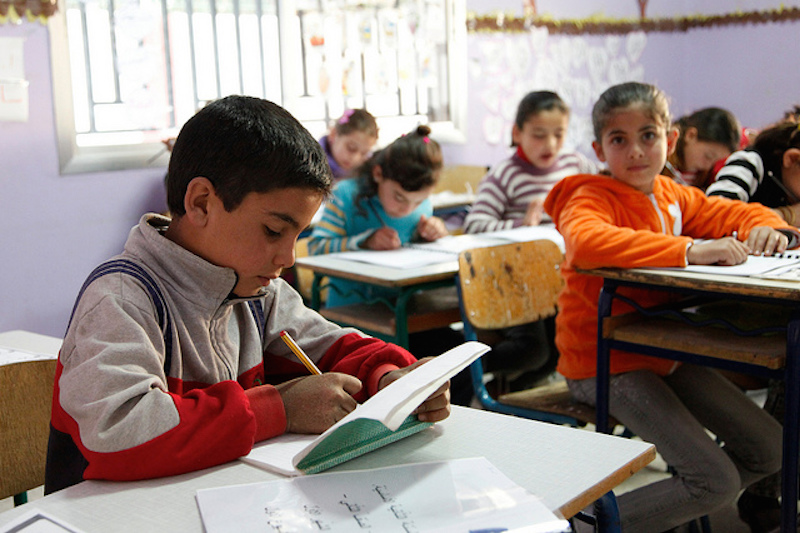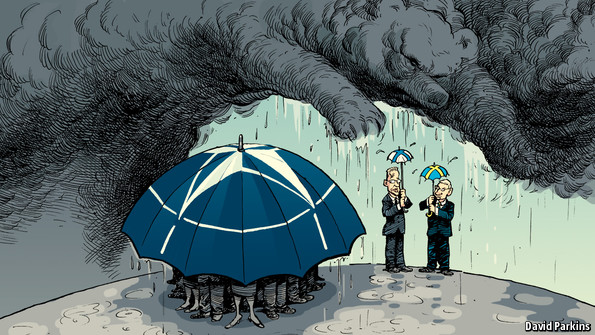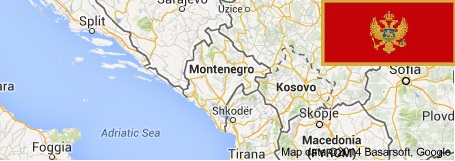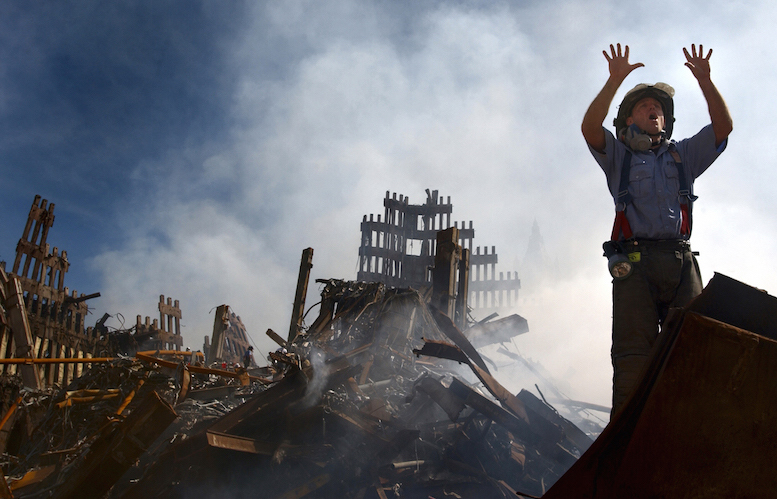In a refugee camp in Yemen, children write in dirt trying to practice their alphabet. In a mountain village in Iraq, children celebrate two white tents that will represent a makeshift school. In a refugee camp in Jordan, some children have not stepped foot in a classroom in over 6 years. In an attempt to give children affected by disasters a chance to realize their right to education, the Education Cannot Wait Fund (ECWF) was launched at the first ever World Humanitarian Summit, on May 23, 2016. Alongside its launch, this Multi-Donor Trust Fund (MTDF) secured financial commitments totaling $90 million, a little over half of the total targeted for the year. ECWF aims to increase access to education for the most vulnerable children in crisis situations – be it in an armed conflict zone, a natural disaster affected area or a refugee camp. The fund will give particular consideration to refugee children and forcibly displaced children within their home countries, as well as the children in the communities hosting them.
ECWF comes on the heels of much debate from some of the world’s biggest foreign aid providers. It is the first major MDTF to be directed to education in emergencies and may be exactly what is needed to fill the gap between humanitarian interventions during crises, and long-term development afterwards. ECWF resources are allocated under two broad sections: the Breakthrough Fund and the Allocation Facility. The Breakthrough Fund, which accounts for 95% of overall investment, aims to offer immediate and medium-term financing to those responsible for maintaining and restoring education systems through rapid and predictable investment. It will support linked humanitarian and development interventions and has been designed to integrate into already existing funds and financial mechanisms. The Allocation Facility will focus its funding on strengthening education during crises as well as strengthen central collection of data and evidence. These two funds provide a balanced approach to education in emergencies, not least because the fund is to work over 5 years.
During a crisis, countries relay on short- term aid that can last as little as a few months, providing basic necessities of food and water and leaving more complex socially vital needs unattended. As countries emerge from conflict they are faced with the twin pressures of providing early benefits as well as long-term reconstruction. Predictable international aid is vital during these times as it backs recovery and reconstruction plans. Donors are skeptical of pouring long-term aid into fragile governments that are at risk of returning to conflict, which itself increases the risk of returned conflict due to the government’s inability to successfully reconstruct its institutions. Pooled funding is a mechanism that can provide much needed stable and secure funding in these situations. It can mitigate the risk for donors while providing predictable long-term funding for fragile governments.
Pooled funds are flexible open-ended funds that enable participating organizations to handle implementation according to their own operating procedures for procurement and financial management. This avoids duplication of operating procedures, implementation delays and reduces transaction costs. MDTFs offer an extra layer of protection to donors dealing with fragile states as the funding is held in trust by a UN agency that is responsible for fulfilling the programmatic requirements outlined in the fund. Conflict-affected areas are ideal for MTDFs since the structure of the fund is one in which programmatic goals are broad, leaving room for flexibility in funding allocation.
The establishment of a MTDF is, by no means a simple process, requiring multiple donors, an established governance structure for allocation of funds as well as an Administrative Agent or Fund Manager to work with multiple recipients and organizations. Once this is established and resources begin to flow, the mechanism has all the structures its needs to succeed. ECWF has all of this. The international community seems hopeful that beginning with such a strong structure the howling winds of prolonged and recurring conflict will not be able to tear it down.

For more information visit:
http://www.unicef.org/education/bege_61685.html
https://www.odi.org/publications/10405-education-cannot-wait-fund-education-emergencies
https://www.unicef.org.uk/Documents/Publication-pdfs/UnicefEducationCannotWaitBriefing_2016_s.pdf
Photo: By UK Department for International Development via Flickr. Licensed under CC BY-SA 2.0.
Disclaimer: Any views or opinions expressed in articles are solely those of the authors and do not necessarily represent the views of the NATO Association of Canada.




